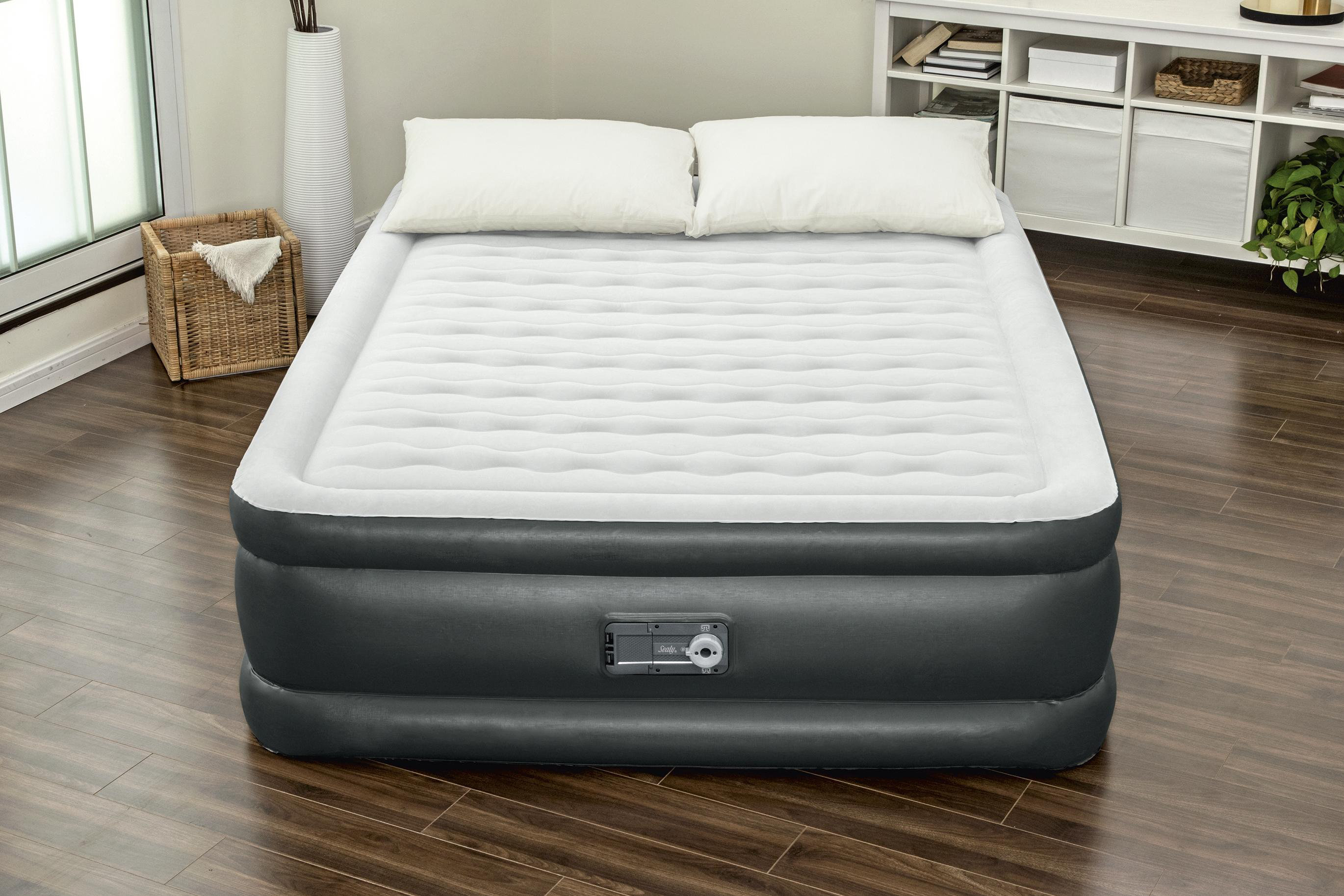When it comes to running a successful restaurant, having a well-designed and efficient kitchen is crucial. Not only does it affect the overall productivity of your staff, but it also impacts the quality and speed of your food service. In this article, we will be discussing the top 10 main kitchen design tips for restaurants that will help you set up your commercial kitchen for maximum efficiency and functionality.Restaurant Kitchen Design: How to Set Up Your Commercial Kitchen
The first step in designing your restaurant kitchen is to determine the layout and space requirements for your specific needs. Consider the type of food you will be serving, the number of staff working in the kitchen, and the size of your establishment. This will help you determine the best flow and organization for your kitchen, ensuring that everything is easily accessible and efficient.1. Plan for Space and Flow
Quality equipment is essential for any commercial kitchen. Consider investing in durable and high-performing appliances and tools that will withstand the demands of a busy restaurant. This will not only save you money in the long run but also ensure that your kitchen runs smoothly and efficiently.2. Invest in Quality Equipment
Safety should always be a top priority when designing a restaurant kitchen. Make sure to have proper ventilation, fire suppression systems, and safety equipment in place. It's also crucial to train your staff on proper safety procedures to prevent accidents and injuries in the kitchen.3. Keep Safety in Mind
The type of food you will be serving will greatly influence the design of your kitchen. For example, if you are primarily a pizza restaurant, you will need a larger oven and prep space. If your menu includes a lot of fried foods, you will need a designated area for frying and proper ventilation to minimize grease buildup.4. Consider the Menu
To ensure efficiency in the kitchen, it's essential to designate specific work zones for different tasks. For example, a prep station, cooking station, and plating station. This will prevent congestion and confusion in the kitchen, allowing your staff to work quickly and efficiently.5. Designate Work Zones
Proper storage is crucial in a restaurant kitchen. Make sure to maximize your storage space by utilizing vertical storage and investing in shelving and storage containers. This will help keep your kitchen organized and prevent clutter, making it easier for your staff to find what they need.6. Optimize Storage Space
The dishwashing area is often overlooked when designing a kitchen, but it is a crucial aspect of any restaurant. Make sure to have enough space for dirty dishes, clean dishes, and a designated area for washing and drying. This will help keep your kitchen running smoothly and prevent delays in food service.7. Don't Forget About Dishwashing
Ergonomics refers to the efficiency and comfort of your staff while working in the kitchen. Make sure to choose equipment and design workstations with ergonomics in mind to prevent strain and injuries for your staff. This will also help improve productivity and reduce fatigue.8. Consider Ergonomics
Maintaining a clean and sanitary kitchen is essential for any restaurant. Design your kitchen with cleaning in mind, making sure to have easy-to-clean surfaces and designated areas for cleaning supplies. This will help prevent cross-contamination and keep your kitchen up to health code standards.9. Keep Cleaning in Mind
Kitchen Design for Restaurants: The Heart of Every Successful Restaurant

Creating a Functional and Aesthetic Kitchen Design
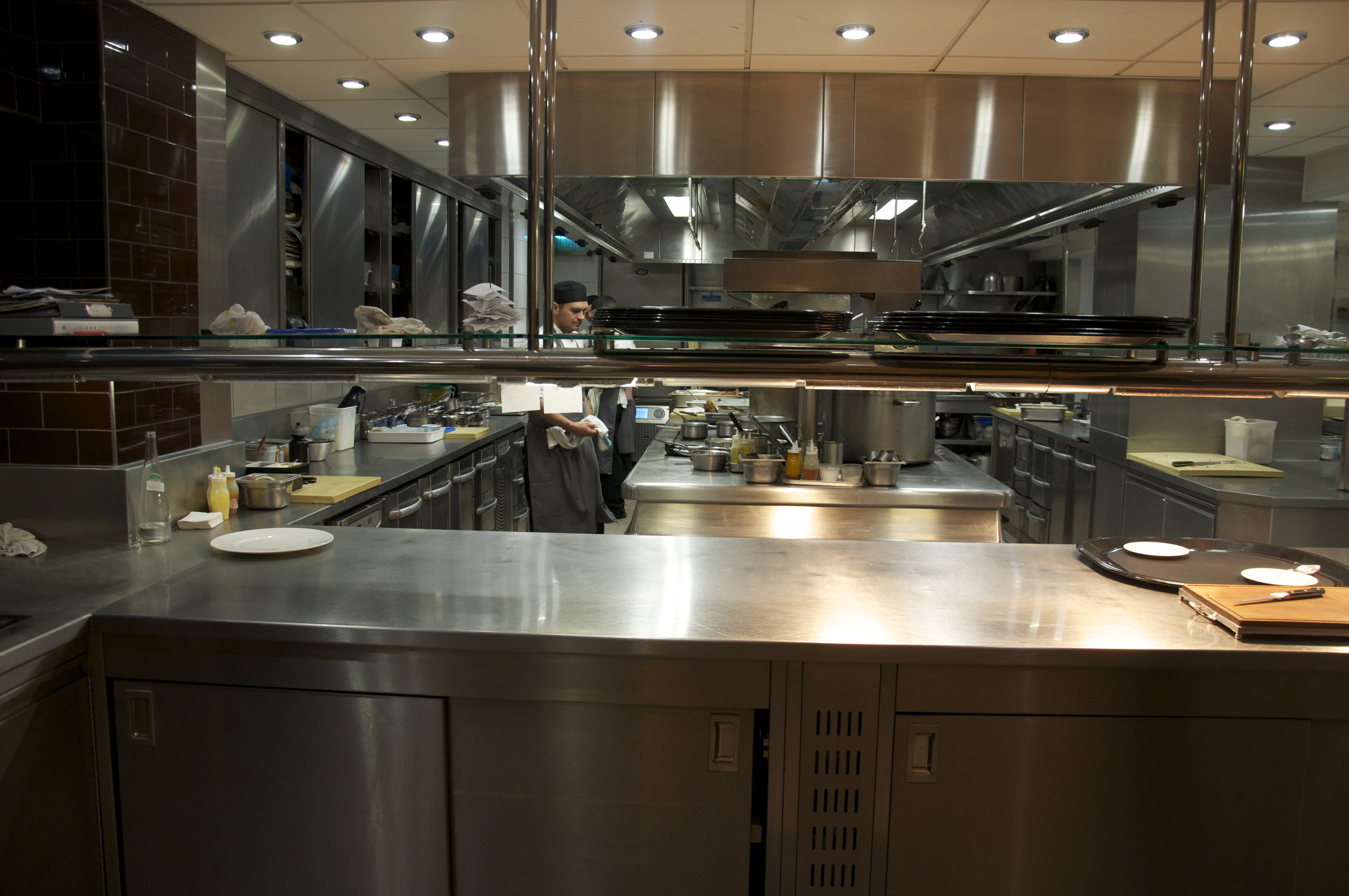 A restaurant's kitchen is the heart of its operation, where delicious meals are prepared and served to customers. As such, the design of a restaurant's kitchen is crucial to its success. A well-designed kitchen not only enhances the efficiency and productivity of the staff, but it also creates a positive dining experience for customers. In this article, we will explore the key elements of a successful kitchen design for restaurants.
A restaurant's kitchen is the heart of its operation, where delicious meals are prepared and served to customers. As such, the design of a restaurant's kitchen is crucial to its success. A well-designed kitchen not only enhances the efficiency and productivity of the staff, but it also creates a positive dining experience for customers. In this article, we will explore the key elements of a successful kitchen design for restaurants.
The Importance of Space and Flow
 When it comes to kitchen design for restaurants, space and flow are essential factors to consider. The kitchen needs to be spacious enough to accommodate all the necessary equipment and staff, while also allowing for smooth movement and workflow. A cramped kitchen can lead to chaos and delays, which can ultimately affect the quality of the food and customer satisfaction. A well-designed kitchen should have designated areas for food prep, cooking, plating, and cleaning, with enough space for staff to move around comfortably.
When it comes to kitchen design for restaurants, space and flow are essential factors to consider. The kitchen needs to be spacious enough to accommodate all the necessary equipment and staff, while also allowing for smooth movement and workflow. A cramped kitchen can lead to chaos and delays, which can ultimately affect the quality of the food and customer satisfaction. A well-designed kitchen should have designated areas for food prep, cooking, plating, and cleaning, with enough space for staff to move around comfortably.
The Role of Functionality
 While aesthetics are important, functionality should be the top priority when designing a restaurant kitchen. A kitchen needs to be equipped with the right tools and equipment to ensure the smooth operation of daily tasks. This includes commercial-grade appliances, ample storage, and proper ventilation. The layout of the kitchen should also be carefully planned to minimize the distance between different workstations, making it easier for staff to access and use equipment efficiently.
While aesthetics are important, functionality should be the top priority when designing a restaurant kitchen. A kitchen needs to be equipped with the right tools and equipment to ensure the smooth operation of daily tasks. This includes commercial-grade appliances, ample storage, and proper ventilation. The layout of the kitchen should also be carefully planned to minimize the distance between different workstations, making it easier for staff to access and use equipment efficiently.
The Impact of Aesthetics
 While functionality is crucial, aesthetics also play a significant role in kitchen design for restaurants. The kitchen should reflect the overall theme and ambiance of the restaurant to create a cohesive and inviting atmosphere. This can be achieved through the use of appropriate colors, lighting, and materials. A well-designed kitchen can also be a source of pride for the staff, boosting their morale and ultimately leading to better quality food and service.
While functionality is crucial, aesthetics also play a significant role in kitchen design for restaurants. The kitchen should reflect the overall theme and ambiance of the restaurant to create a cohesive and inviting atmosphere. This can be achieved through the use of appropriate colors, lighting, and materials. A well-designed kitchen can also be a source of pride for the staff, boosting their morale and ultimately leading to better quality food and service.
The Importance of Safety and Hygiene
 In a restaurant kitchen, safety and hygiene should always be top priorities. The design should include proper ventilation systems to remove smoke and fumes, non-slip flooring to prevent accidents, and sufficient lighting to ensure a clear view of tasks. Adequate hand-washing stations and separate areas for raw and cooked food should also be incorporated into the design to maintain hygiene standards and prevent cross-contamination.
In Conclusion
A well-designed kitchen is crucial to the success of any restaurant. It not only enhances the efficiency and productivity of the staff but also contributes to the overall dining experience of customers. By considering the key elements of space, functionality, aesthetics, and safety, a restaurant can create a kitchen that is both visually appealing and functional, setting the foundation for a successful and thriving business.
In a restaurant kitchen, safety and hygiene should always be top priorities. The design should include proper ventilation systems to remove smoke and fumes, non-slip flooring to prevent accidents, and sufficient lighting to ensure a clear view of tasks. Adequate hand-washing stations and separate areas for raw and cooked food should also be incorporated into the design to maintain hygiene standards and prevent cross-contamination.
In Conclusion
A well-designed kitchen is crucial to the success of any restaurant. It not only enhances the efficiency and productivity of the staff but also contributes to the overall dining experience of customers. By considering the key elements of space, functionality, aesthetics, and safety, a restaurant can create a kitchen that is both visually appealing and functional, setting the foundation for a successful and thriving business.






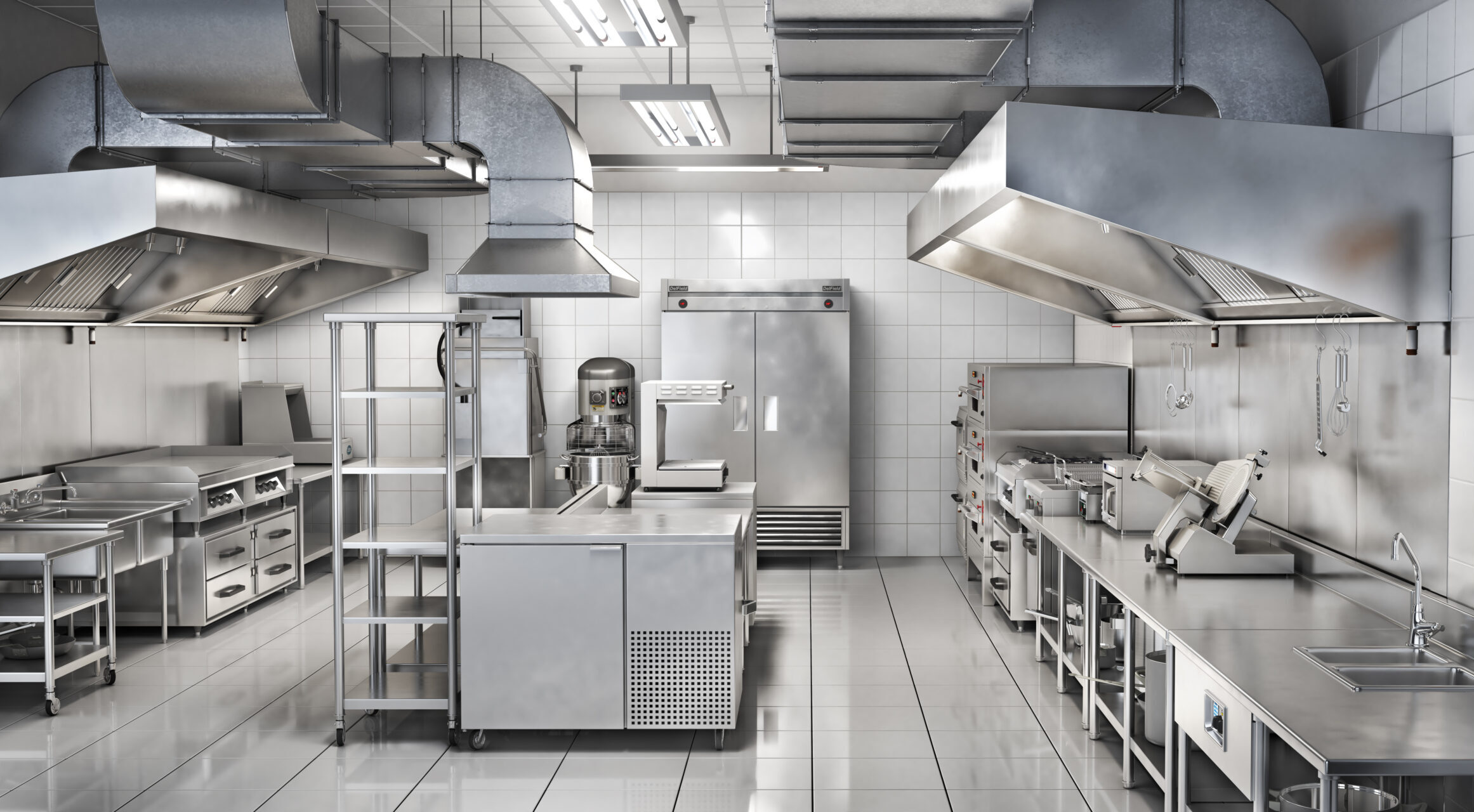
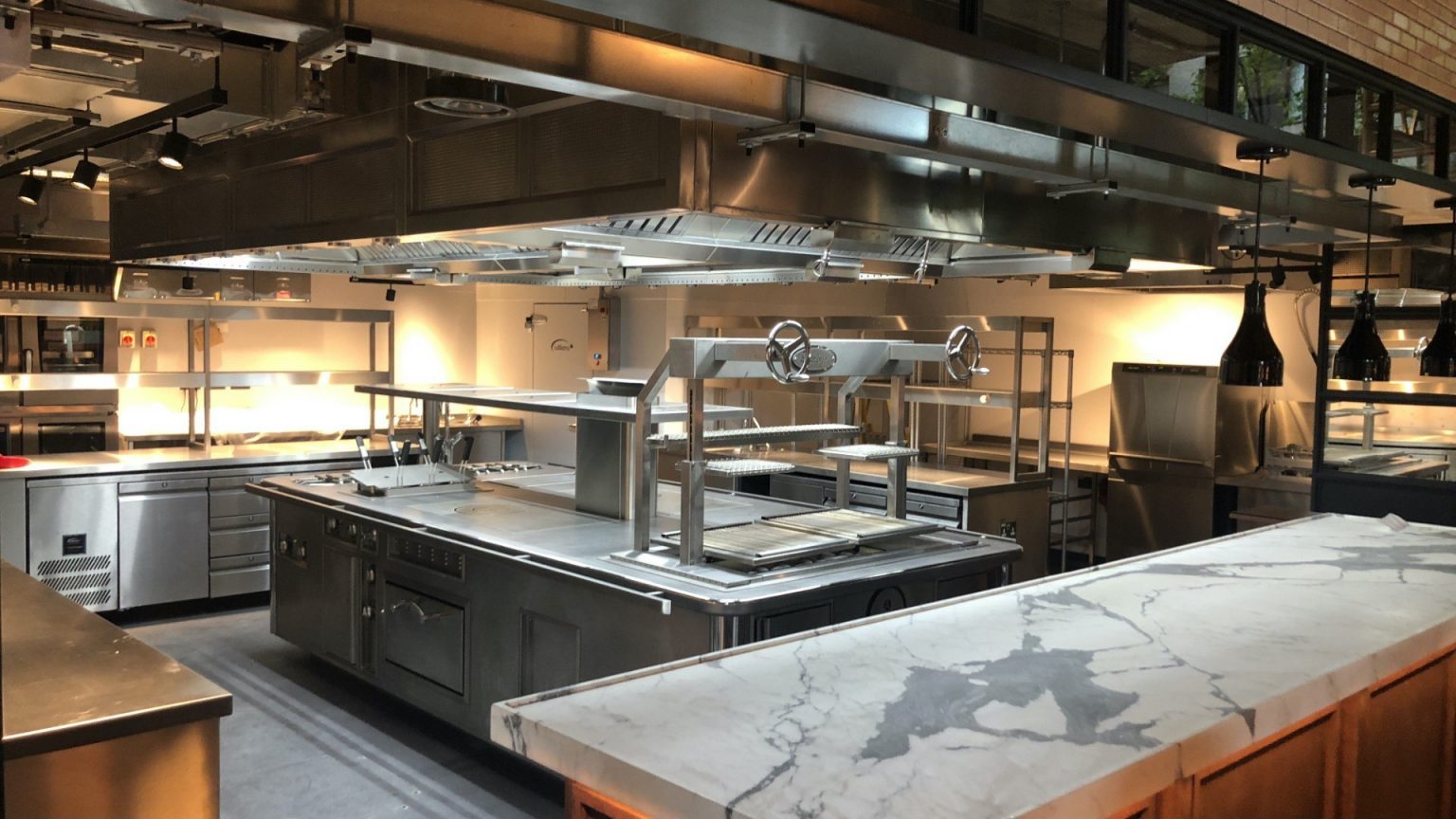
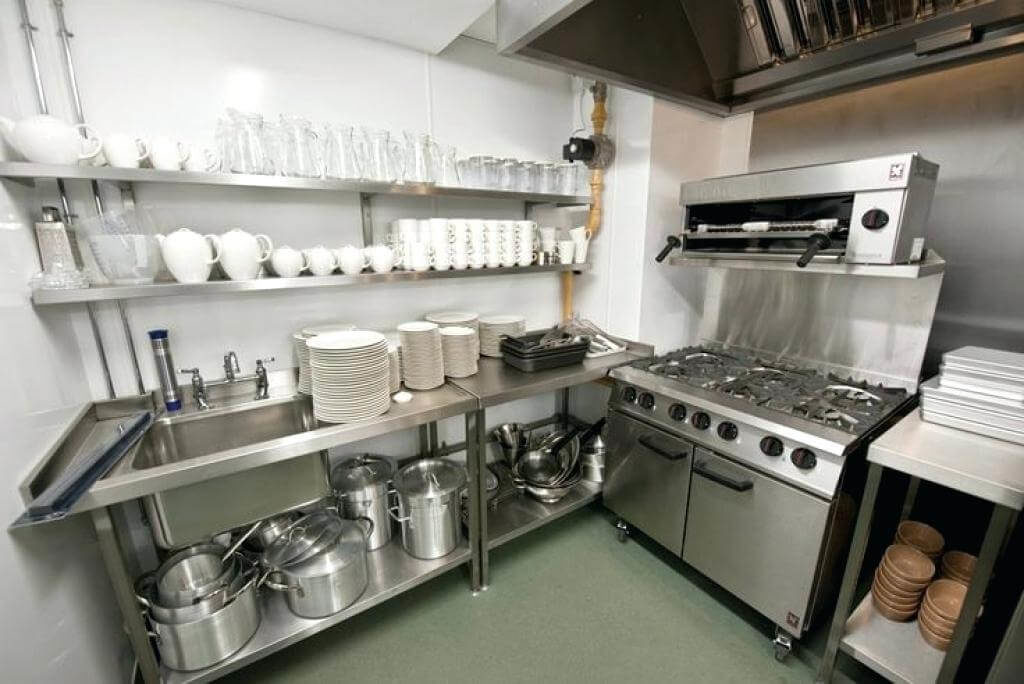






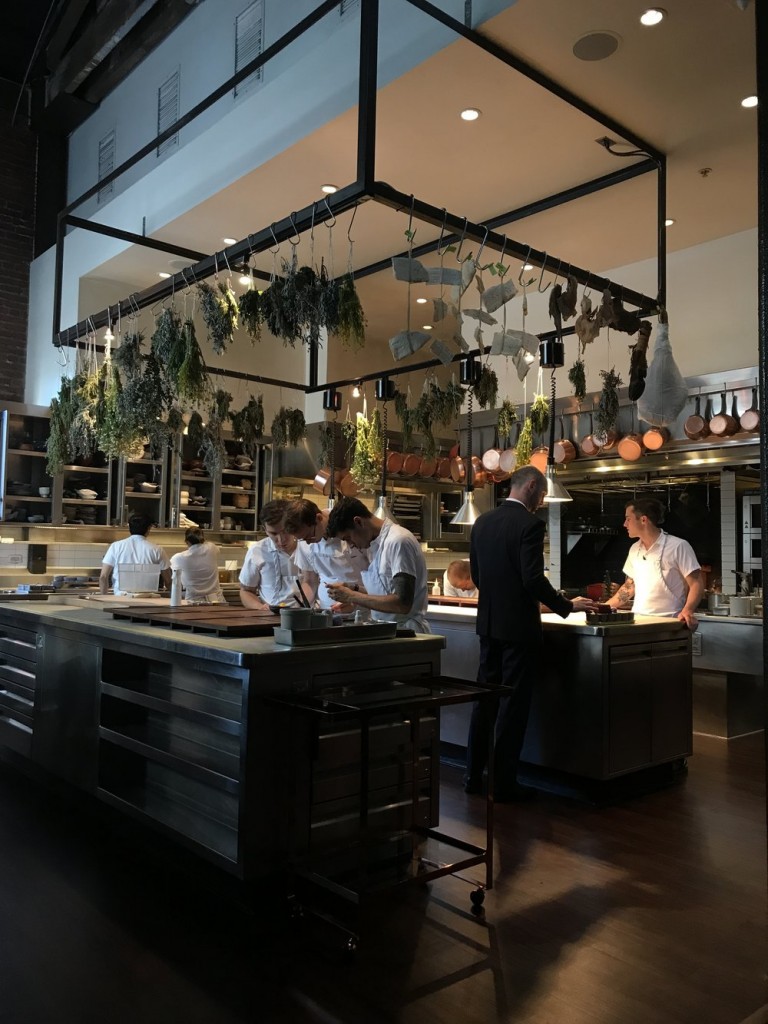






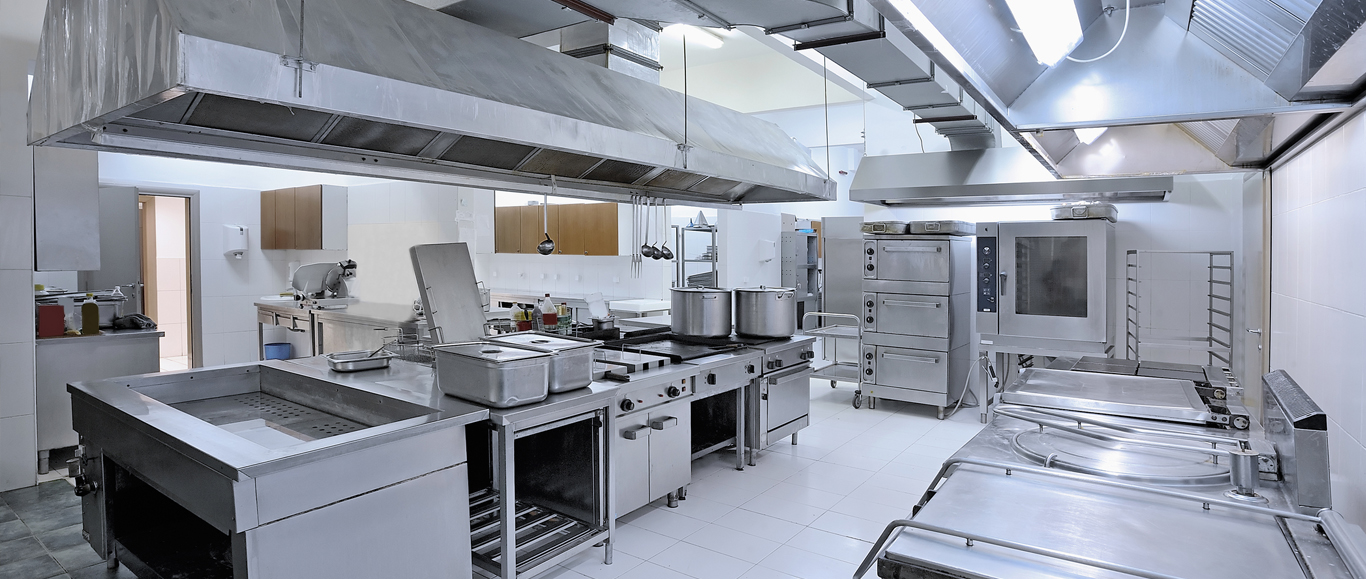
.png)





